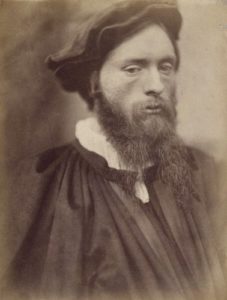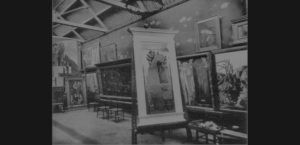
1833 - 1898
Edward Coley Burne-Jones
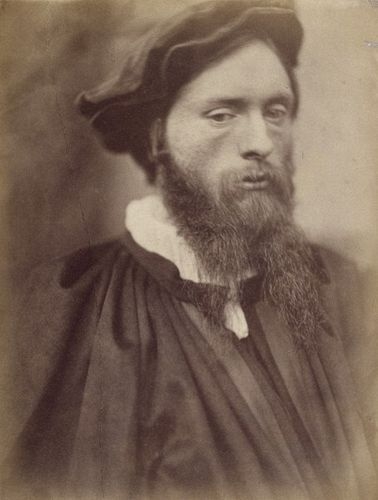
description
An English painter and illustrator, close to the Pre-Raphaelites in spirit, one of the prominent representatives of the movement “Arts and Crafts”.
He was famous for his stained glass; also, he worked in other crafts: designed jewelry, ceramic tiles and tapestries. He was knighted (1894), supported the ideas of the Pre-Raphaelite Brotherhood and the Aesthetic Movement.
Key ideas:
– The intelligence of E. Burne-Jones, rich in the knowledge of history, medieval romance and literary images, turned into painting, replete with classical themes in his own interpretation. In the first period, his works differ from the style of senior master teachers (Rossetti and others) in a lighter, and therefore less intrusive development of figurative details. The mystery and beauty of the ancient legends about knighthood in T. Malory’s presentation captured Edward also because Christian legends were based on the collisions of the battle between good and evil, salvation and sin.
– When many contemporaries lost faith in God, Edward retained it, believing in virtue, romantically pure love and nobility. Two years before he left, he wrote, “… the story of the Holy Grail is always on my mind … Is there anything more beautiful in the world?”
– In the compositions, Burne-Jones makes an emphasis on the line; the depicted objects are almost plane, as there is no vivid light and shadow. Excessive detailing inherent in pre-Raphaelites is uncharacteristic for the master. His characters are static; their expressions are aloof, while their graceful poses resemble those of statues. Thus, the painter achieves an almost complete lack of dynamics, directing the viewer to contemplation.
– The colors of his works are diverse; however, more often he chooses a warm golden-orange gamut. The male nude of Bern-Jones most clearly shows the skill of the draftsman; in the works of this theme, there is little eroticism and more of the ancient and renaissance admiring of God’s creation. In general, the paintings of Sir Edward Coley Burne-Jones, inspired by medieval, classical and biblical themes, are distinguished by sentimentality and romanticized style.
1833
1848
1853
1855 - 1856
1860
1864
1867
1877
1884
1885
1894
1898
The birth of the artist
Attended evening courses at a design school
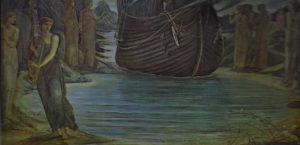
Began to study theology
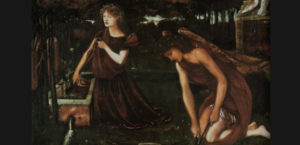
The significant meeting with Rossetti
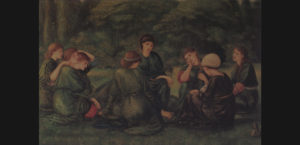
Married Georgiana MacDonald
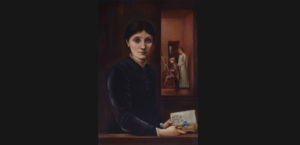
He was elected a member of the Society of watercolor artists
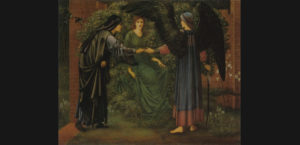
The family moved to Grange
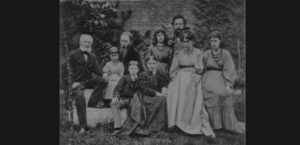
Presented his eight oil paintings at the Grosvenor Gallery
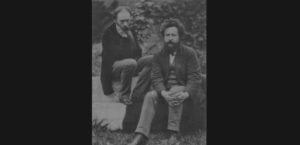
“King Cophetua and the beggar woman”
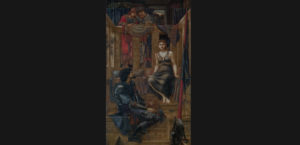
He was elected an associate member of the Royal Academy
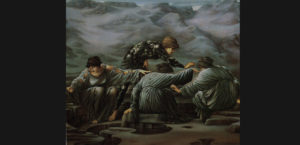
He was awarded the title of Baronet

The death of the artist
